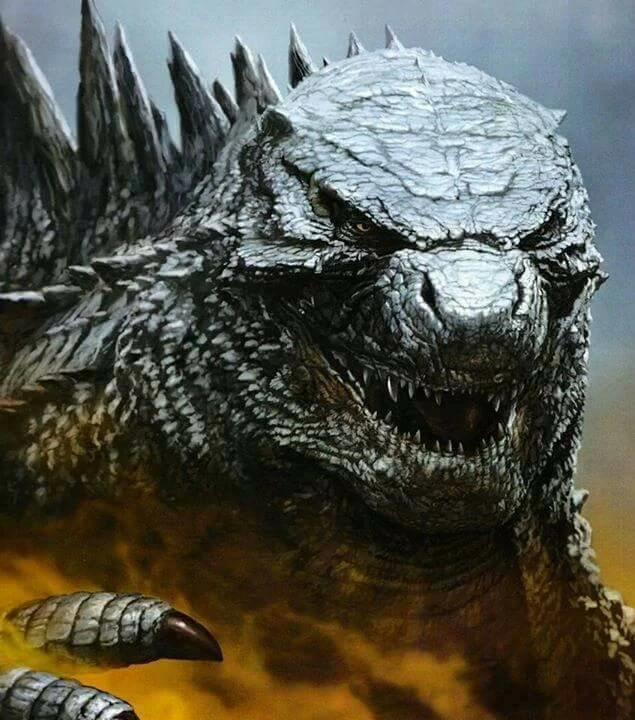Today I will begin my movie reviews in the Godzilla franchise with Gojira, the original Japanese movie that started it all. Yes, I’m a day late from his 64th birthday.
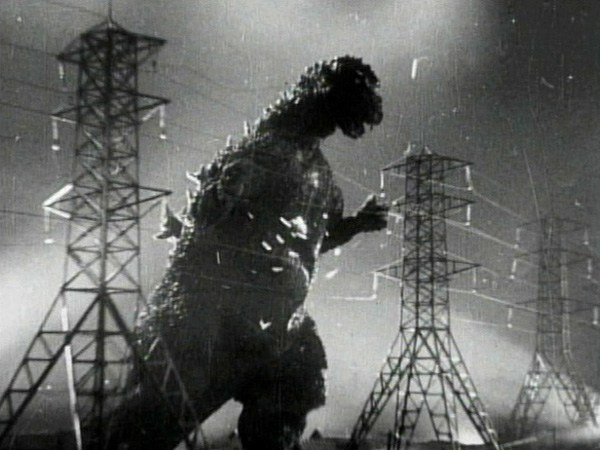
Directed by Ishirō Honda and featuring special effects by Eiji Tsuburaya, Gojira starred Akira Takarada, Momoko Kōchi, Akihiko Hirata and Takashi Shimura. It was an instant box office smash in Japan. The film begins with the mysterious destruction of a couple of ships near Odo Island. When people come to investigate the occurrences they experience some type of attack at night during the height of a hurricane. Then the scientists arrive to study Odo island where they encounter a giant reptilian monster standing over the hill roaring at them before fleeing to the ocean.
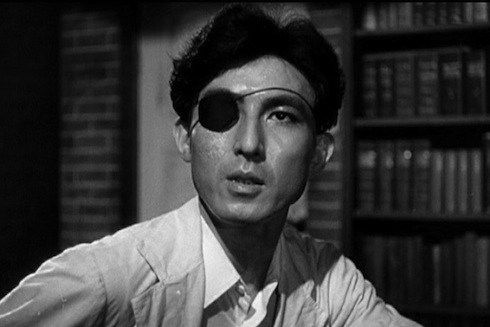
Dr. Serizawa
The story also revolves around the human characters, such as the lead scientist Archeologist Kyohei Yamane, his daughter Emiko, who is engaged to her father’s colleague, Daisuke Serizawa, but is in love with a salvage ship captain, Hideto Ogata. A core scene and plot point of the movie is the break up of Emiko and Serizawa. Before she can break off her engagement to Dr. Serizawa he shares with Emiko his secret weapon he invented, a device which can destroy oxygen in water. After witnessing the horror and the destruction that this device can do to living things Serizawa has Emiko swear to reveal his secret to no one.

Emiko Yamane
Amidst these interpersonal relationships Godzilla begins to attack Tokyo and with each attack being more destructive than the last. Emiko is overcome with grief as she views the destruction Godzilla has brought to her city and nation. She also nurses a her wounded boyfriend, Ogata, who survived Godzilla’s rampage. With the government unable to defeat Godzilla and fearing more death and carnage Emiko betrays Dr. Serizawa and reveals his secret of the Oxygen Destroyer. At first Serizawa refuses to use his weapon. After being convinced of the wisdom of using the weapon Serizawa burns the research papers.
The Japanese Navy brings Ogata and Serizawa to Tokyo Bay to use the weapon to destroy Godzilla. Once the weapon is deployed and Godzilla writhes in agony and is dieing Serizawa cuts the chord to his oxygen tank to sacrifice himself so that the secret of his weapon dies with him. Emiko and Ogata witness the demise of both Serizawa and Godzilla yet there is no comfort in their victory due to the loss of Serizawa coupled with the awareness that the atomic age has released forces that may strike again.
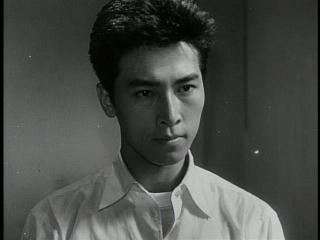
Hideto Ogata
For myself, both the original Japanese version and the adapted American version are equally good movies. I will do a separate review on the American version of this film, “Godzilla, King of the Monsters” at a later date.
There is a somberness to the tone of the film and an urgency, despair and helplessness that would never be repeated in the franchise to this extent. As Godzilla evolved into a more child friendly franchise during the Showa Era, Toho Studios would not attempt to recreate the seriousness of this first film for many years. Once they did try to a more serious attempts at a Godzilla movie in the Heisei Series and beyond, they would never achieve the the same mood and tone which this one set.
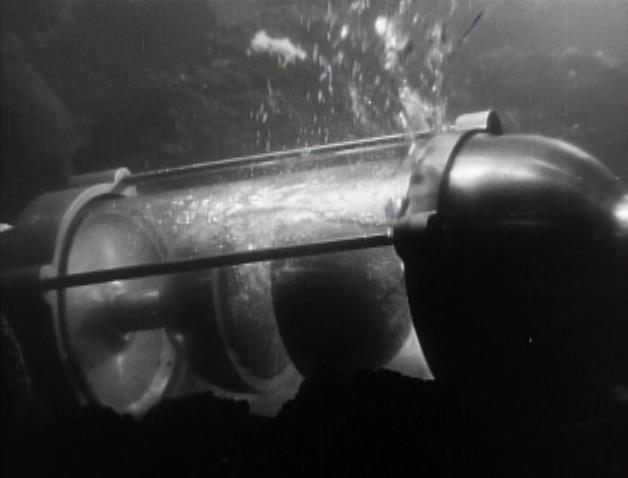 The Oxygen Destroyer.
The Oxygen Destroyer.
One of the reasons, in my opinion, that the later movies failed to recreate the same mood is that all Godzilla movies have Godzilla fighting another monster (except the 1984 reboot) and those rampages by the big guy seem more motivated toward defeating a threat by another monster than Godzilla being a threat himself. In the original movie Godzilla was something mankind had brought upon himself and was reaping what he sowed. That was not the message in these later films.
I also think the black and white cinematography and the distinctive musical score by Akira Ifukube also helped set the mood. In this film Godzilla is rarely seen in daylight. For most of the scenes in which we encounter this radioactive behemoth he is shrouded is shadow and darkness. This effect makes Godzilla seem like such a menacing and ominous threat. I think keeping Godzilla in the shadows, but not too much to where he is obscured, is another aspect of the cinematography that makes this film so successful. It is an effect we have not seen again.
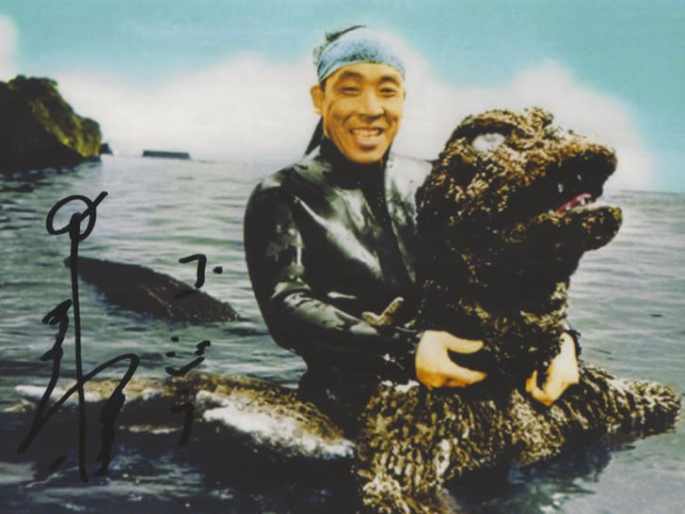
Haruo Nakajima
What can I say about the acting? Akira Takarada as Ogata, Momoko Kōchi as Emiko and Akihiko Hirata as Dr. Serizawa were all stellar in thier roles. Takarada and Hirata would go on to play multiple roles through the Godzilla franchise. I cannot levy too many accolades on Haruo Nakajima the actor in the suit that brought Godzilla to life for so many movie until his retirement in 1972 (Godzilla vs Gigan). This was his first time playing the iconic character and in this film he set the standards of excellence!
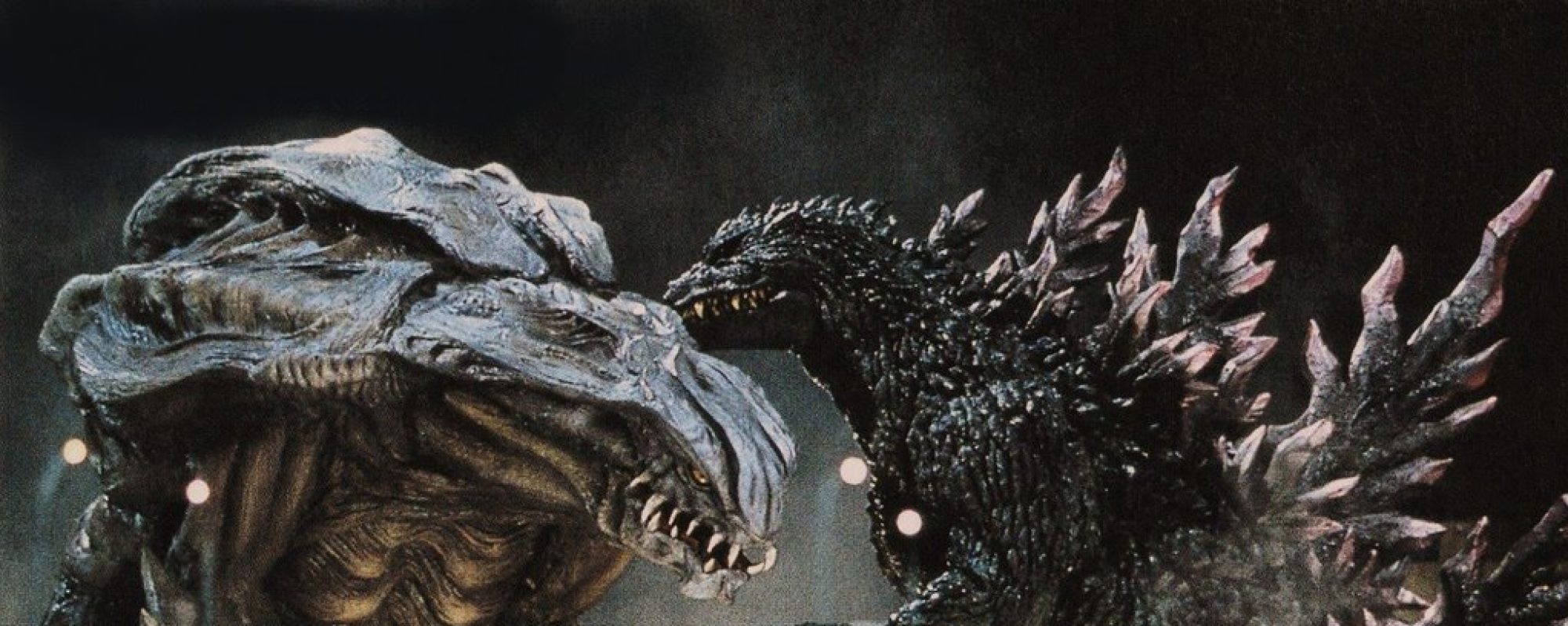
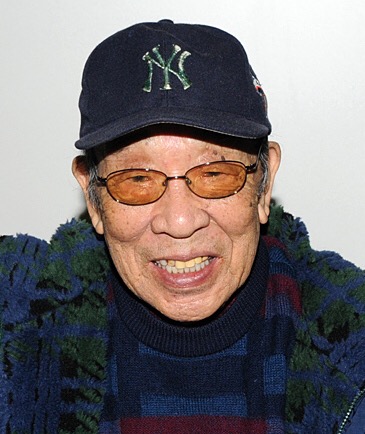
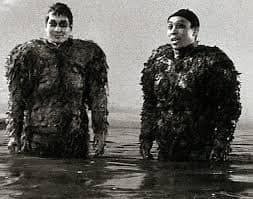


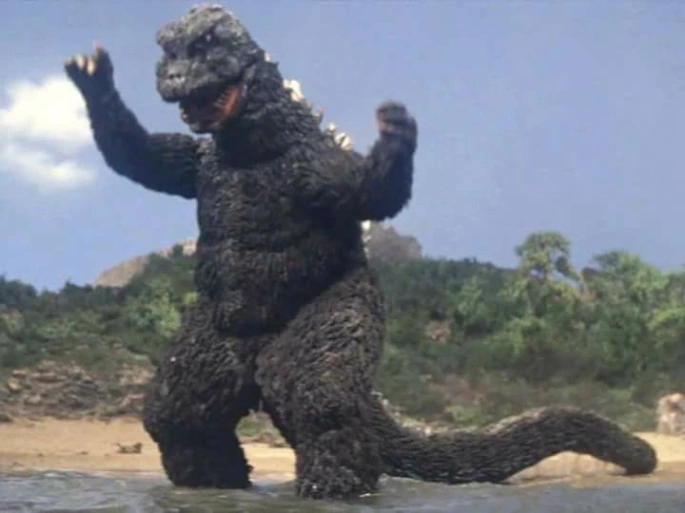
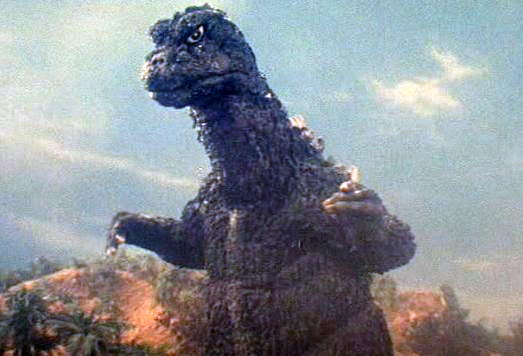
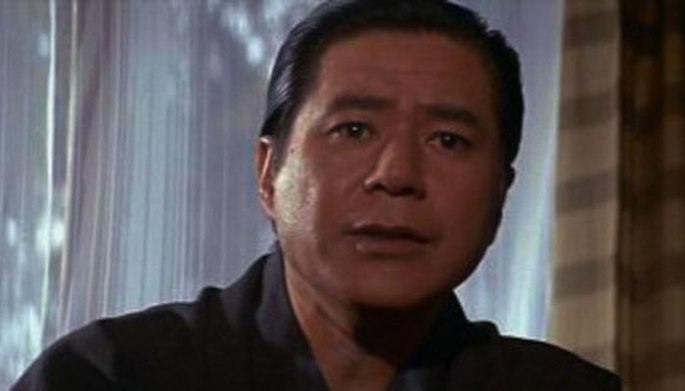
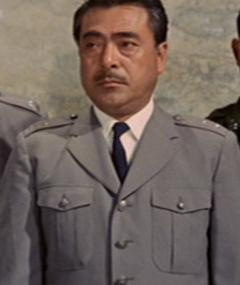
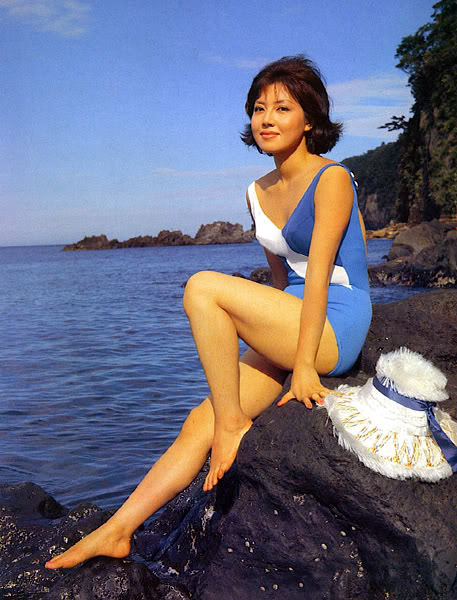
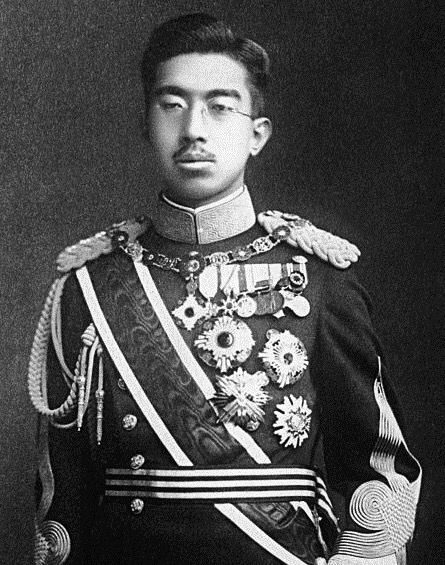
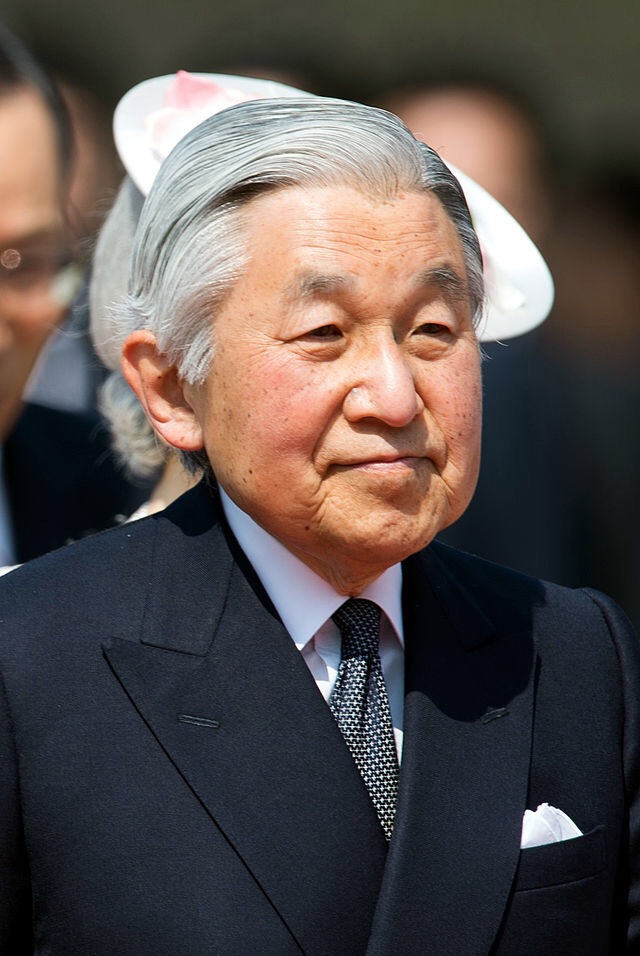 The Heisei Emperor
The Heisei Emperor 
